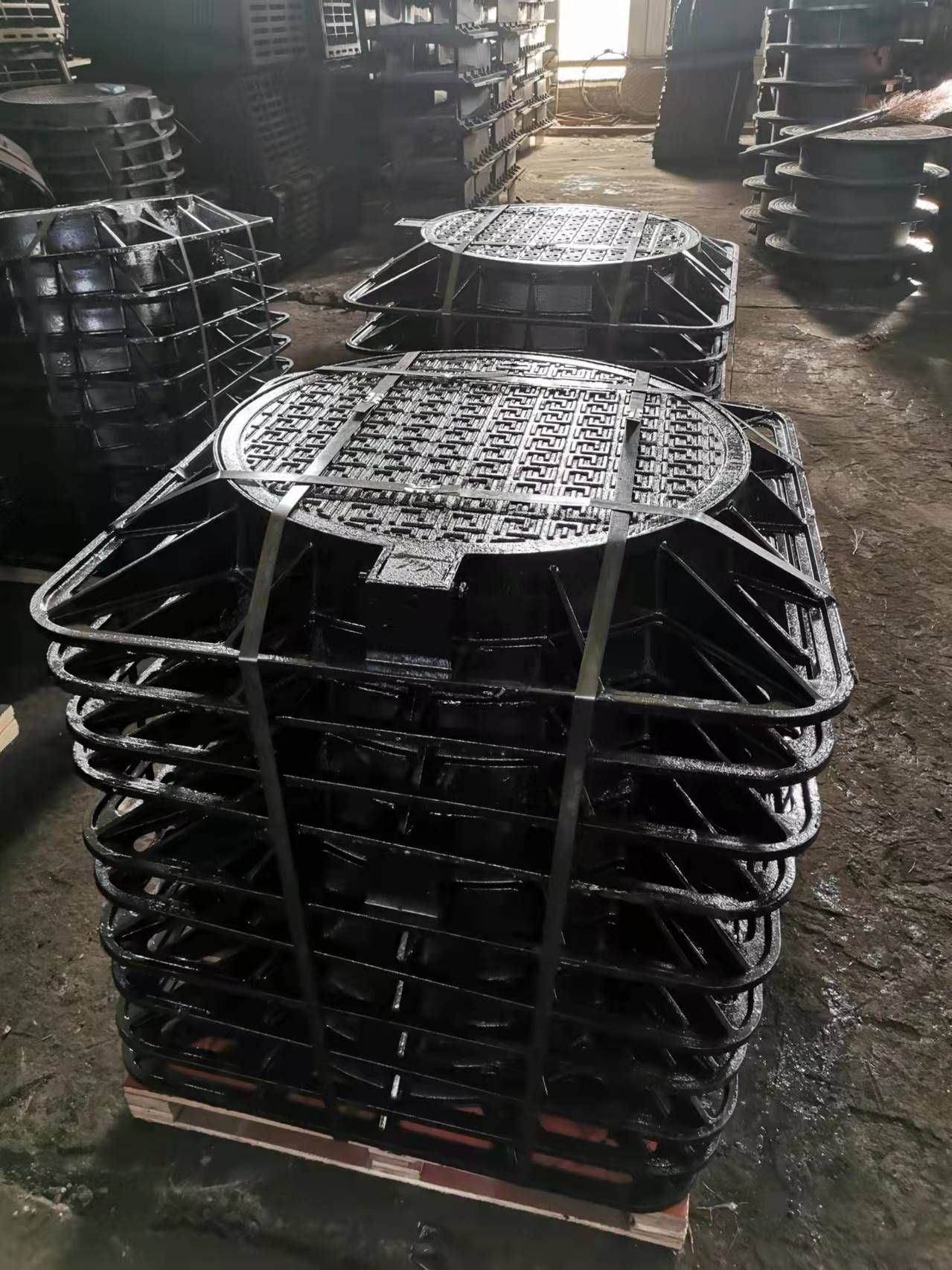DN100 PN16 Butterfly Valve Specifications and Features for Enhanced Performance
Understanding the DN100 PN16 Butterfly Valve
In industrial applications, the control of fluid flow is paramount. One of the devices that excels in this area is the butterfly valve, particularly the DN100 PN16 butterfly valve. This type of valve is designed to provide an efficient and reliable rotary motion sealing mechanism.
Specifications and Design
The designation DN100 refers to the nominal diameter of the valve, which is 100 millimeters (or 4 inches). This size is commonly used in various piping systems, making it a versatile choice for many applications. The PN16 classification denotes the valve's pressure rating, indicating that it can handle a pressure of up to 16 bar (approximately 232 psi). This pressure tolerance makes it suitable for a variety of fluids, including water, gases, and some corrosive liquids.
The construction of the DN100 PN16 butterfly valve typically includes a disc, a shaft, and a housing. The disc is the key component that rotates to control flow. When the valve is in the closed position, the disc obstructs fluid flow, while in the open position, the disc aligns parallel to the pipe, allowing fluid to pass with minimal resistance. This design inherently offers low-pressure drop characteristics, making it energy efficient.
Applications
dn100 pn16 butterfly valve

The DN100 PN16 butterfly valve is widely used in numerous industries, including water treatment, HVAC systems, and chemical processing. In water treatment facilities, these valves help regulate the flow of water through filtration and disinfection processes. In the HVAC sector, they control the flow of heating and cooling fluids, contributing to energy conservation and efficient climate control.
Advantages
One of the primary advantages of butterfly valves is their lightweight and compact design, which simplifies installation and reduces the space required in piping systems. Additionally, they can be operated manually or automated, providing versatility depending on the application needs. Their simple design leads to lower maintenance costs and longer service life compared to other valve types.
Conclusion
In summary, the DN100 PN16 butterfly valve plays a crucial role in fluid control across various industrial sectors. Its robust design, efficient performance, and adaptability make it a preferred choice for engineers and operators. As industries continue to advance and focus on sustainability, the demand for reliable flow control devices like the butterfly valve will remain strong, ensuring efficient operations while minimizing environmental impact.
-
The Smarter Choice for Pedestrian AreasNewsJun.30,2025
-
The Gold Standard in Round Drain CoversNewsJun.30,2025
-
The Gold Standard in Manhole Cover SystemsNewsJun.30,2025
-
Superior Drainage Solutions with Premium Gully GratesNewsJun.30,2025
-
Superior Drainage Solutions for Global InfrastructureNewsJun.30,2025
-
Square Manhole Solutions for Modern InfrastructureNewsJun.30,2025
-
Premium Manhole Covers for Modern InfrastructureNewsJun.30,2025
